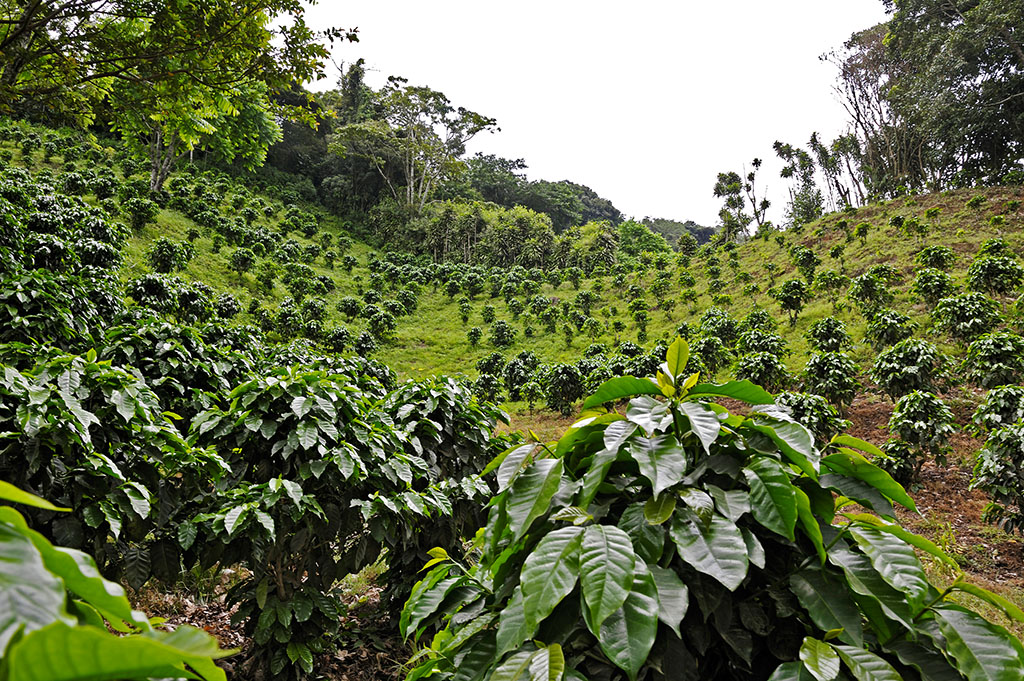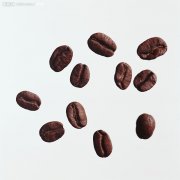Country classification method selected to determine fine coffee
The term "fine coffee" was first put forward by Ms. Knudsen of the United States in Coffee and Tea magazine. At that time, Ms. Knudsen, as a coffee buyer of B.C. Ireland in San Francisco, was very dissatisfied with the neglect of the quality of raw coffee in the industry, and even some big roasters mixed a large amount of Robesda beans in the comprehensive beans, so she put forward the concept of fine coffee to advocate the improvement of the quality of the industry. This term is used to describe coffee beans with distinctive flavor characteristics that grow in a special environment. Its use in international coffee conferences makes it spread rapidly.
In fact, according to Ms. Knudsen, people started drinking fine coffee, but later, due to the growing demand for coffee, the discovery and use of new coffee varieties led to the decline of coffee quality. later, people even began to dislike this bad coffee and began to turn to other drinks. In this case, Ms. Knudsen re-made people realize the value of boutique coffee, which led to a boutique coffee boom. In the United States, there are enterprises and stores in pursuit of boutique coffee represented by Starbucks. The market for boutique coffee is also growing. In the 1990s, with the rapid increase of boutique coffee retailers and cafes, boutique coffee has become one of the fastest growing markets in the catering service industry, reaching $12.5 billion in the United States alone in 2007. Now boutique coffee has become the fastest growing coffee market. Coffee producing and importing countries around the world are aware of the great potential of the boutique coffee market, and continue to make efforts to the production and production of boutique coffee.

Determination of the selection of classification methods for each country:
1. Generally speaking, coffee is not classified according to altitude in countries near the equator because coffee is grown at a higher altitude. In addition, if it is picked by hand and processed by washing, it will not be graded by bad points because there are few immature beans and sundries mixed in. Therefore, the size of the sieve number is generally used as the grading standard.
Such as Colombia, Tanzania, Kenya
two。 Far from the equator, countries that use washing treatment take the elevation of highlands as the standard of classification because both highlands and lowlands can be planted.
Such as Mexico, Guatemala, Honduras, Costa Rica, El Salvador
3. Mainly by hand picking, but mostly for dry processing. Dry processing is easy to mix with immature beans and other defective beans, so it is classified according to the number of bad points.
Such as Ethiopia, Peru.
4. Except for the countries listed above, almost all of them adopt the sieve size and the number of bad points as the classification criteria.
Such as Brazil, Indonesia, Vietnam, Jamaica
Important Notice :
前街咖啡 FrontStreet Coffee has moved to new addredd:
FrontStreet Coffee Address: 315,Donghua East Road,GuangZhou
Tel:020 38364473
- Prev

Grading defective beans according to the proportion of sieve and defective beans is an important factor that destroys the flavor of the final coffee.
Boutique coffee (specialty coffee) is also called specialty coffee selection coffee. It refers to coffee made from a small number of raw beans with excellent taste grown in an ideal geographical environment. Depending on the special soil and climatic conditions in which they grow, they have outstanding flavor. After strict selection and classification, this kind of coffee is hard in texture, rich in taste and stylish.
- Next

Coffee producing area in El Salvador Coffee growing environment in El Salvador
Flavor: balanced taste, excellent texture suggested baking method: medium to deep, there are many uses of high-quality beans: El SHB taste characteristics: sour, bitter, sweet mild and moderate. Salvadoran coffee ranks side by side with Mexico and Guatemala as the producers of Asa and Merdo, and is fighting for the top one or two places in China and the United States with other countries. The highland of origin is equal in size and size.
Related
- Beginners will see the "Coffee pull flower" guide!
- What is the difference between ice blog purified milk and ordinary milk coffee?
- Why is the Philippines the largest producer of crops in Liberia?
- For coffee extraction, should the fine powder be retained?
- How does extracted espresso fill pressed powder? How much strength does it take to press the powder?
- How to make jasmine cold extract coffee? Is the jasmine + latte good?
- Will this little toy really make the coffee taste better? How does Lily Drip affect coffee extraction?
- Will the action of slapping the filter cup also affect coffee extraction?
- What's the difference between powder-to-water ratio and powder-to-liquid ratio?
- What is the Ethiopian local species? What does it have to do with Heirloom native species?

